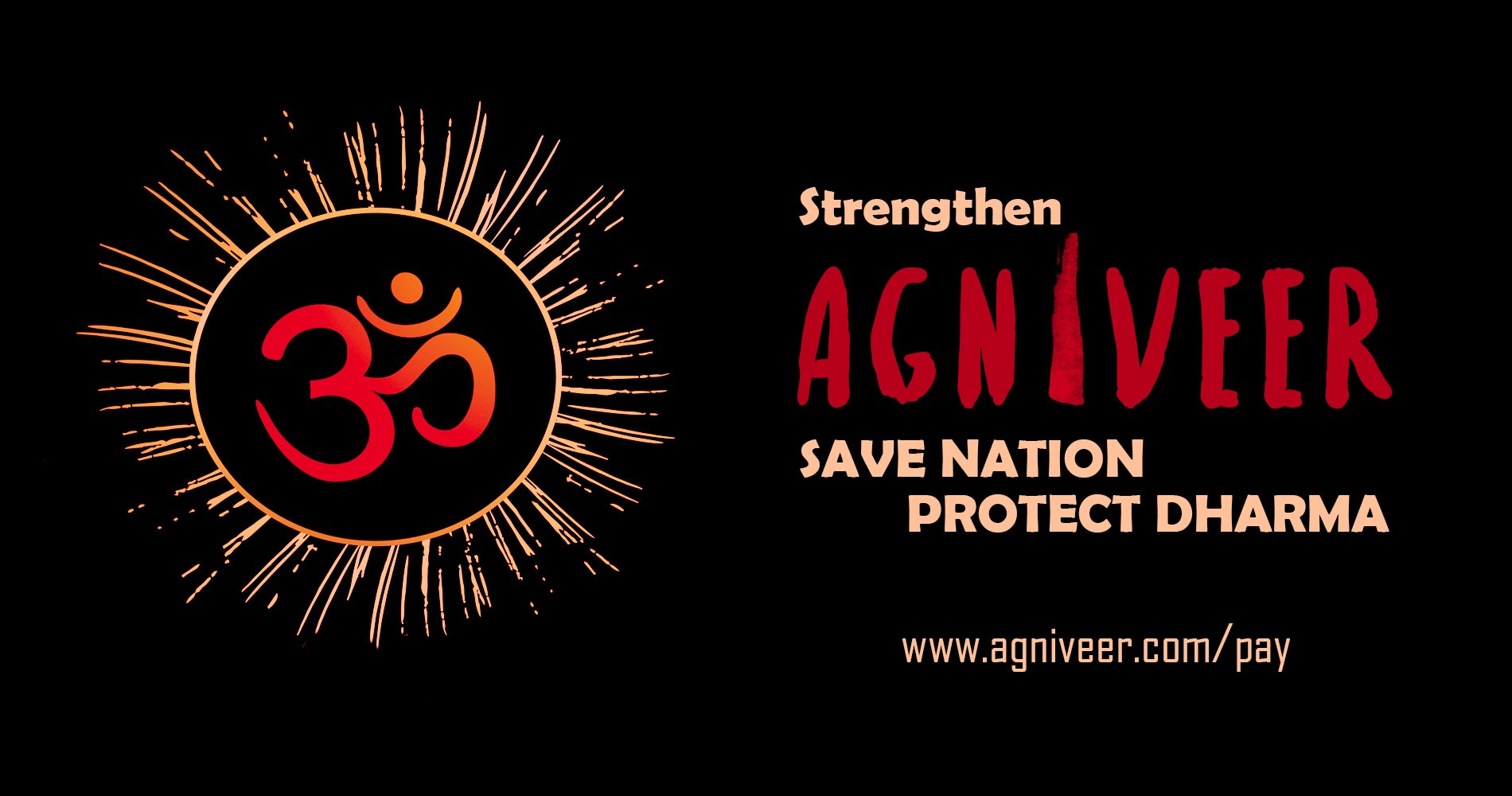- Taj Mahal is a Shiva Temple – 100 plus evidences (Part 13)
- Taj Mahal is a Shiva Temple – 100 evidences (Part 12)
- Taj Mahal is a Shiva Temple – 100 evidences (Part 11)
- Taj Mahal is a Shiva Temple – 100 evidences (Part 10)
- Taj Mahal is a Shiva Temple – 100 evidences (Part 9)
- Taj Mahal is a Shiva Temple – 100 evidences (Part 8)
- Taj Mahal is a Shiva Temple – 100 evidences (Part 7)
- Taj Mahal is a Shiva Temple – 100 evidences (Part 6)
- Taj Mahal is a Shiva Temple – 100 evidences (Part 5)
- Taj Mahal is a Shiva Temple – 100 evidences (Part 4)
- Taj Mahal is a Shiva Temple – 100 evidences (Part 3)
- Taj Mahal is a Shiva Temple – 100 evidences (Part 2)
- Taj Mahal is a Shiva Temple – 100 evidences (Part 1)
- Reclaim Temples and kick out the fraud
91. The approach to Taj is dotted with hillocks raised with earth dugout from foundation trenches. The hillocks served as outer defences of the Taj building complex. Raising such hillocks from foundation earth is a common Hindu device of hoary origin. Nearby Bharatpur provides a graphic parallel.
92. Peter Mundy has recorded that Shahjahan employed thousands of labourers to level some of those hillocks. This is a graphic proof of the Tajmahal existing before Shahjahan.
93. At the backside of the river bank are a Hindu crematorium, several palaces, Shiva temples and bathings of ancient origin. Had Shahjahan built the Tajmahal, he would have destroyed the Hindu features.
94. The story that Shahjahan wanted to build a Black marble Taj across the river is another motivated myth. The ruins dotting the other side of the river are those of Hindu structures demolished during Muslim invasions and not the plinth of another Tajmahal. Shahjahan, who did not even build the white Tajmahal, would hardly ever think of building a black marble Taj. He was so miserly that he forced labourers to work gratis even in the superficial tampering necessary to make a Hindu temple serve as a Muslim tomb.
95. The marble that Shahjahan used for grafting Koranic lettering in the Taj is of a pale white shade, while the rest of the Taj is built of marble with rich yellow tint. This disparity is proof of the Koranic extracts being a superimposition.
96. Though imaginative attempts have been made by some historians to foist some fictitious name in history as the designer of the Taj, others more imaginative, have credited Shahjahan himself with superb architectural proficiency and artistic talent, which could easily conceive and plan the Taj even in acute bereavement. Such people betray gross ignorance of history in as much as Shajahan was a cruel tyrant, a great womanizer, and a drug and drink addict.
97. Fanciful accounts about Shahjahan commissioning the Taj are all confused. Some asserted that Shahjahan ordered building drawing from all over the world and chose one from among them. Others assert that a man at hand was ordered to design a mausoleum, and his design was approved. Had any of those versions been true Shahjahan’s court papers should have had thousands of drawings concerning the Taj. But there is not even a single drawing. This is yet another clinching proof that Shahjahan did not commission the Taj.
98. The Tajmahal is surrounded by huge mansions which indicate that several battles have been waged around the Taj several times.
99. At the south-east corner of the Taj is an ancient royal cattle house. Cows attached to the Tejomahalay temple used to rear there. A cowshed is an incongruity in an Islamic tomb.
100. Over the western flank of the Taj are several stately red stone annexes. These are superfluous for a mausoleum.
[mybooktable book=”great-rulers-india” display=”summary” buybutton_shadowbox=”false”]
From: Works of P.N. Oak



[…] Original English article is available here: TAJ MAHAL IS A SHIVA TEMPLE – 100 EVIDENCES (PART 12) […]